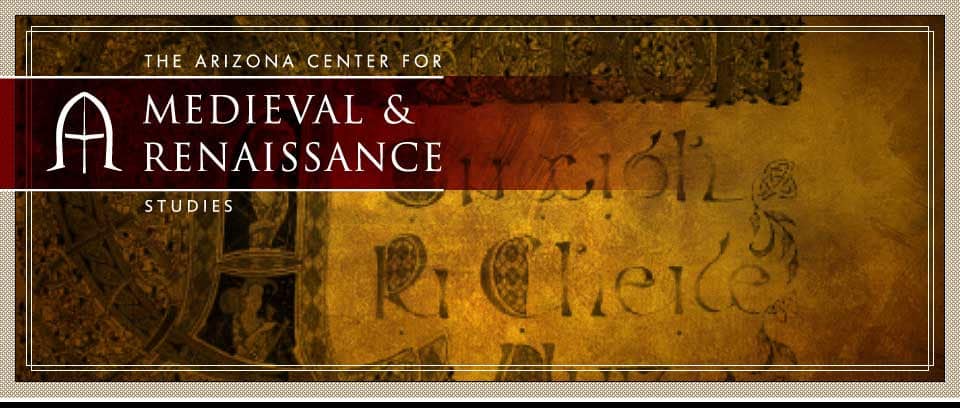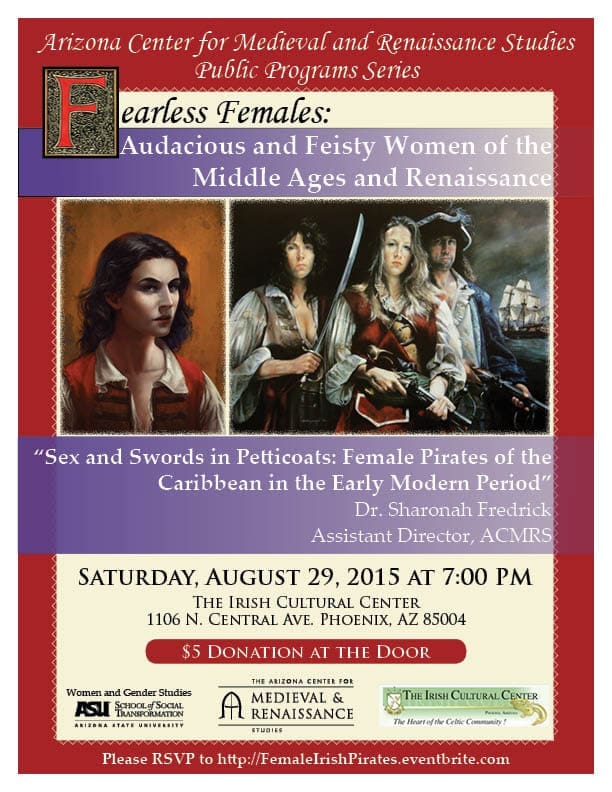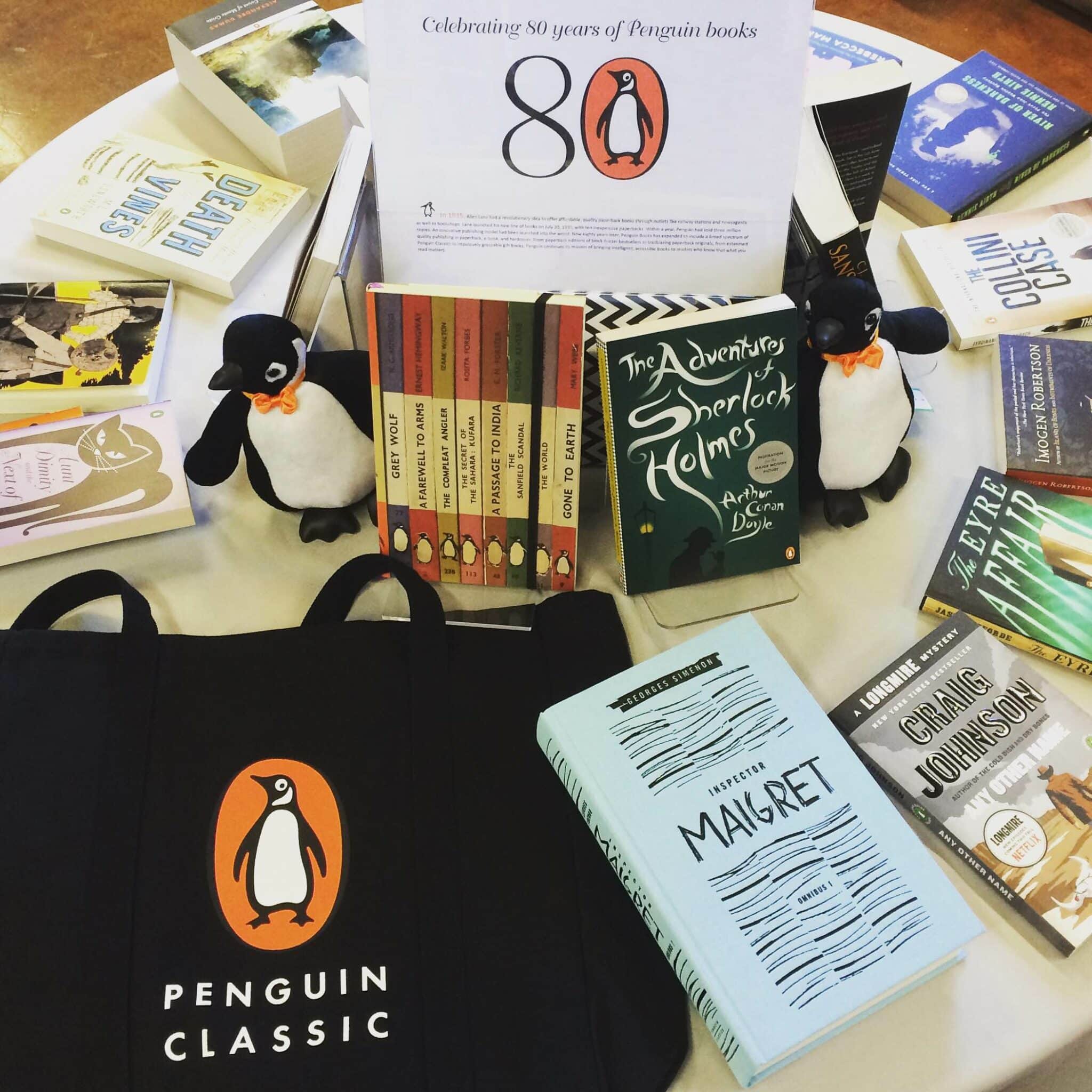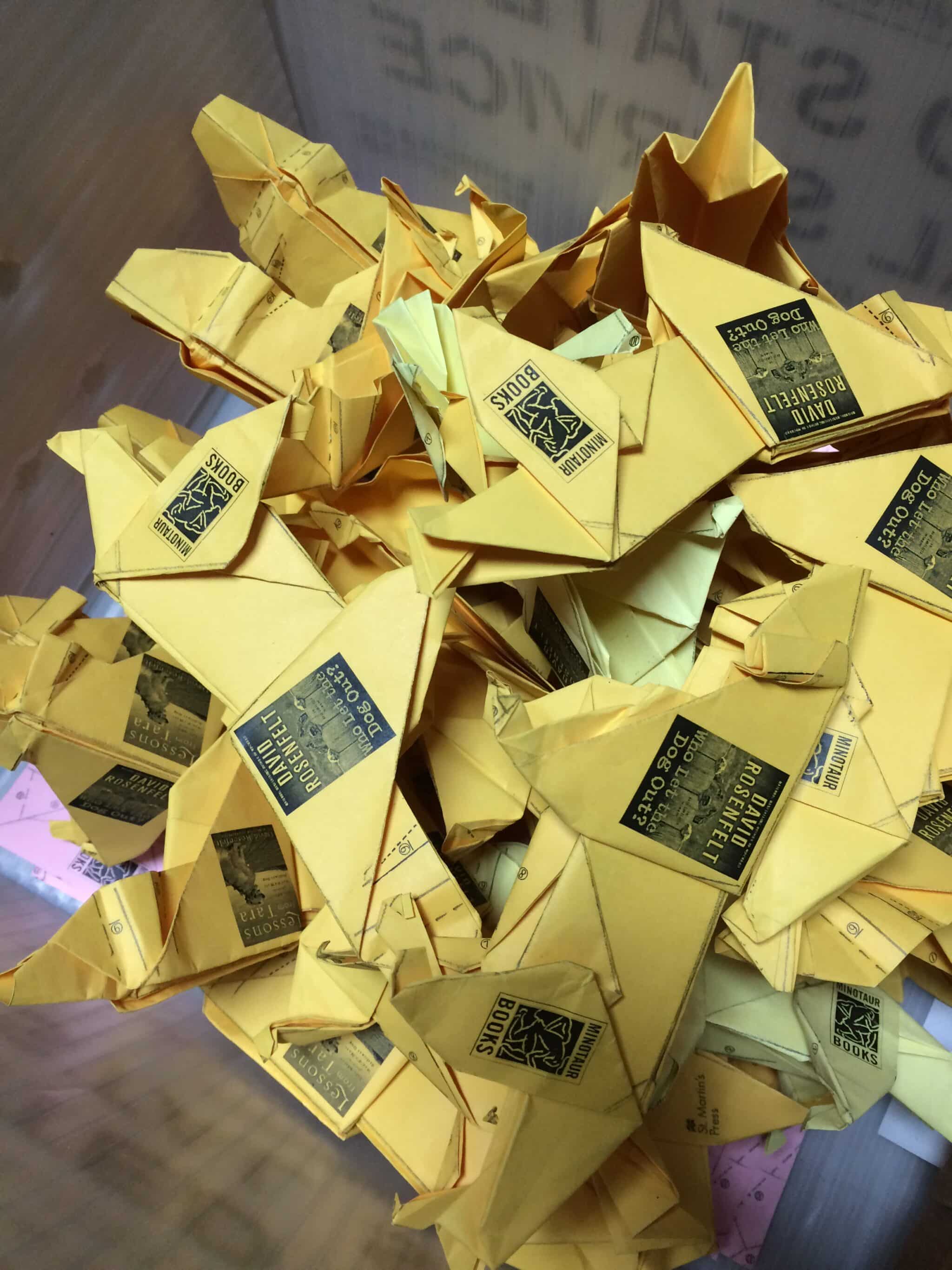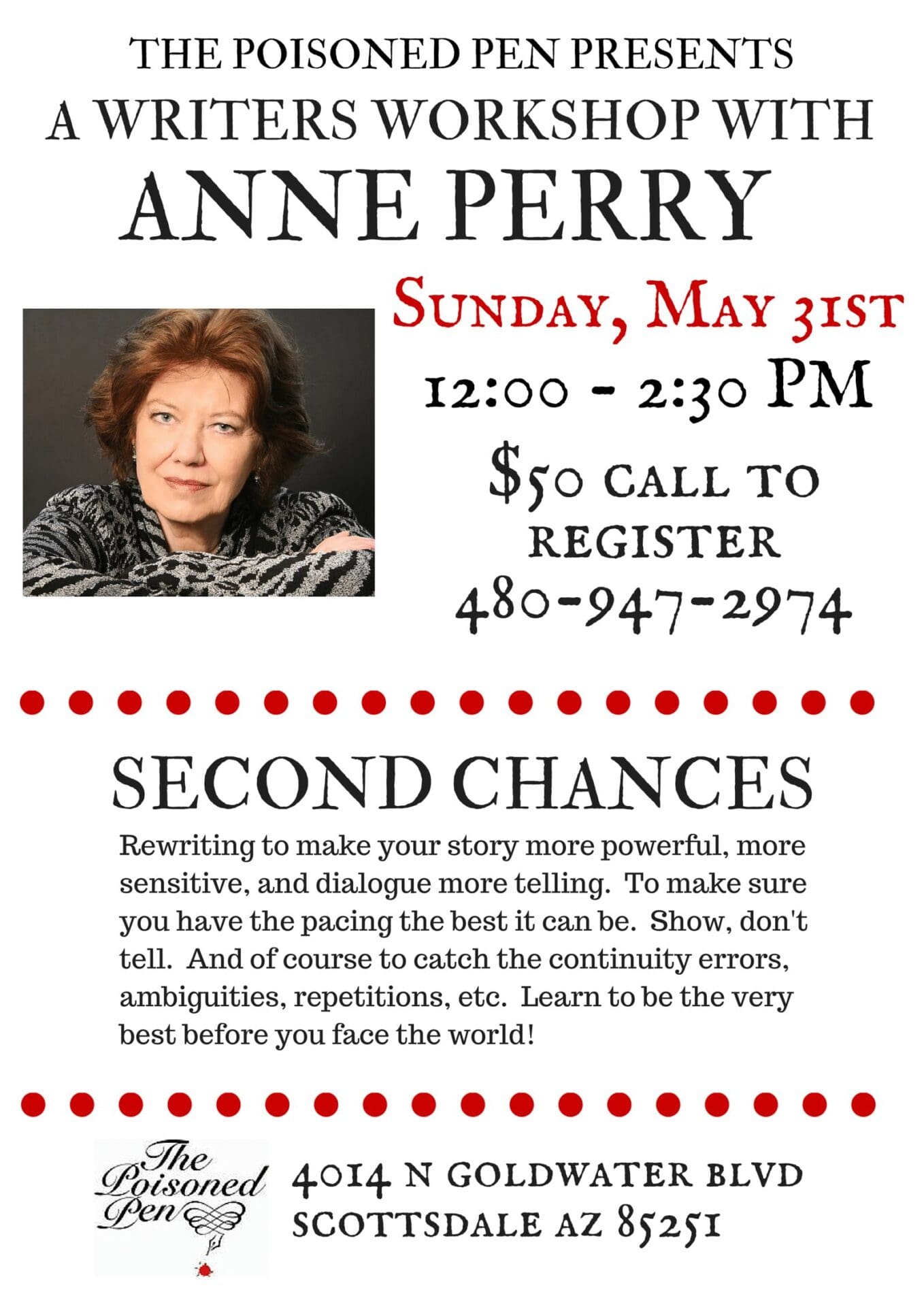In the September 2015 edition of BookNews, you’ll find books for Margaret Coel, Stuart Neville, Martin Walker, and many more! Click here to view the PDF.
 poisonedpeeps
poisonedpeeps
Lecture on Female Pirates at the Irish Cultural Center this Sunday August 29th at 7:00 PM
The violent world of the Colonial West Indies was generally conceived in male terms: pirates and privateers, sea battles between Europe’s imperial powers, emancipated Maroon slave communities led by men…but the Early Modern Caribbean was the scene of some of the most famous female buccaneers in history. Their names: Anne Bonny, Mary Reade, and countless others, as well as their Old World predecessors, such as the Irish women pirates who fought, and made a truce with, Elizabeth Tudor, open up a new field for Renaissance, New World, and gender research. Women sailed the seas and commanded male crews; led slave revolts and gave the newly freed persons equal status on their pirate ships, and challenged imperial might. The Victorian re-write of history relegated these women to a side-role, due to their “harsh” characters; but modern day West Indian writers and historians are reclaiming them as their own. The female pirates of the Caribbean constitute an important chapter in the maritime history of the Early Modern period, and in the development of race relations in the Colonial Americas.
Midmonth BookNotes – Blooming August
In the August 2015 edition of Midmonth BookNotes, you’ll find books for Alice Hoffman, Lauren Willig. Erle Stanley Gardner, and many more! Click here to view the PDF.
BookNews ““ Another Awesome August
In the August 2015 edition of BookNews, you’ll find signed books for CJ Box, Sue Grafton, Jonathan Kellerman, and many more! Click here to view the PDF.
Who Let the Dog Out
Special thanks to Hector at St. Martins for coming up with the brilliant idea to make golden retreiver origami to promote David Rosenfelt’s Who Let the Dog Out. Although it has been very hard to fold the dog, we have made as many as we can before the event. Here are the instructions if you’d like to give it a shot.
Click here to download the instructions
Click here to view the template *Note: If you print out the template it is fit for legal size paper.
MidMonth BookNotes – Volume 1
Welcome to BookNotes! Our latest newsletter featuring romance, women’s fiction, & historical fiction. Click here to view the PDF.
BookNews – July Sparkles
In the July 2015 edition of BookNews, you’ll find signed books for Daniel Silva, Spencer Quinn, Jeff Lindsay and many more! Click here to view the PDF.
BookNews – Hello to June!
In the June 2015 edition of BookNews, you’ll find signed books for Nelson DeMille, Don, Winslow, Brad Meltzer, Shona Patel, and many more! Click here to view the PDF.
